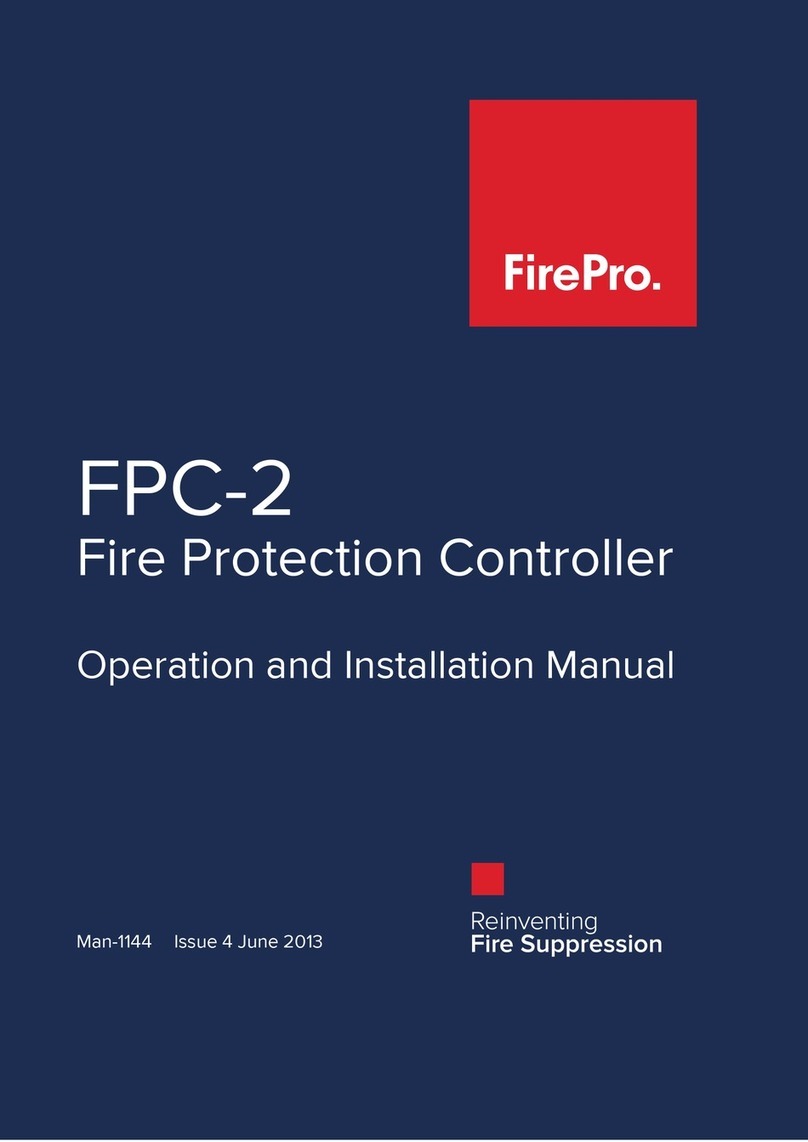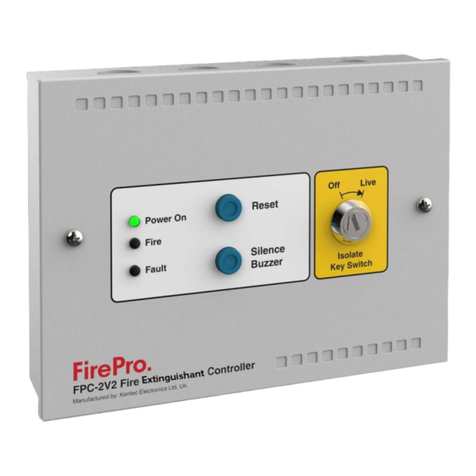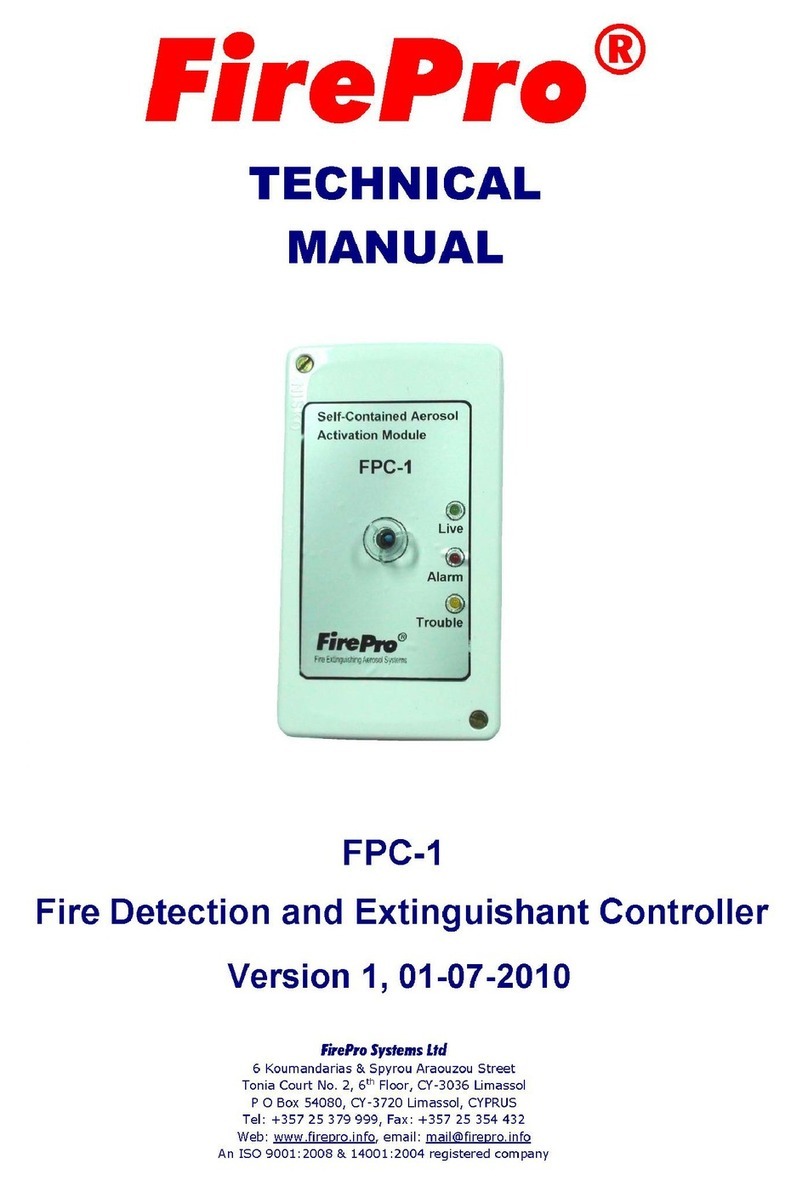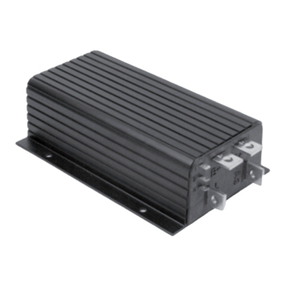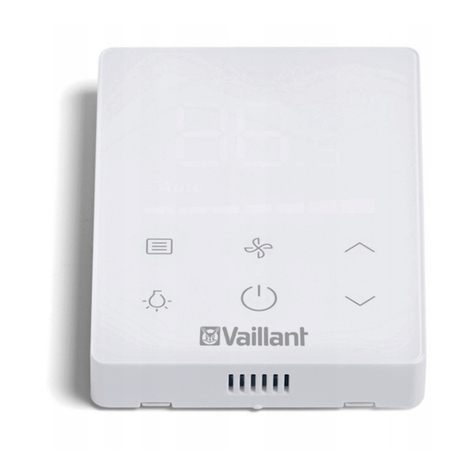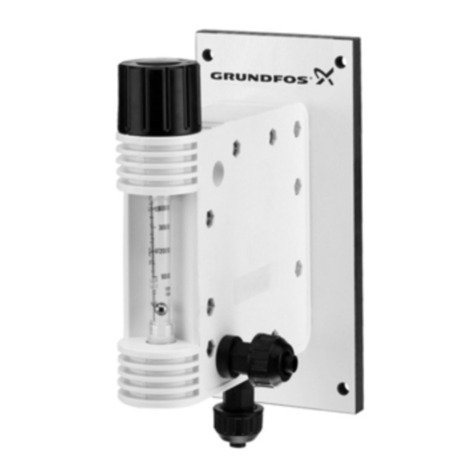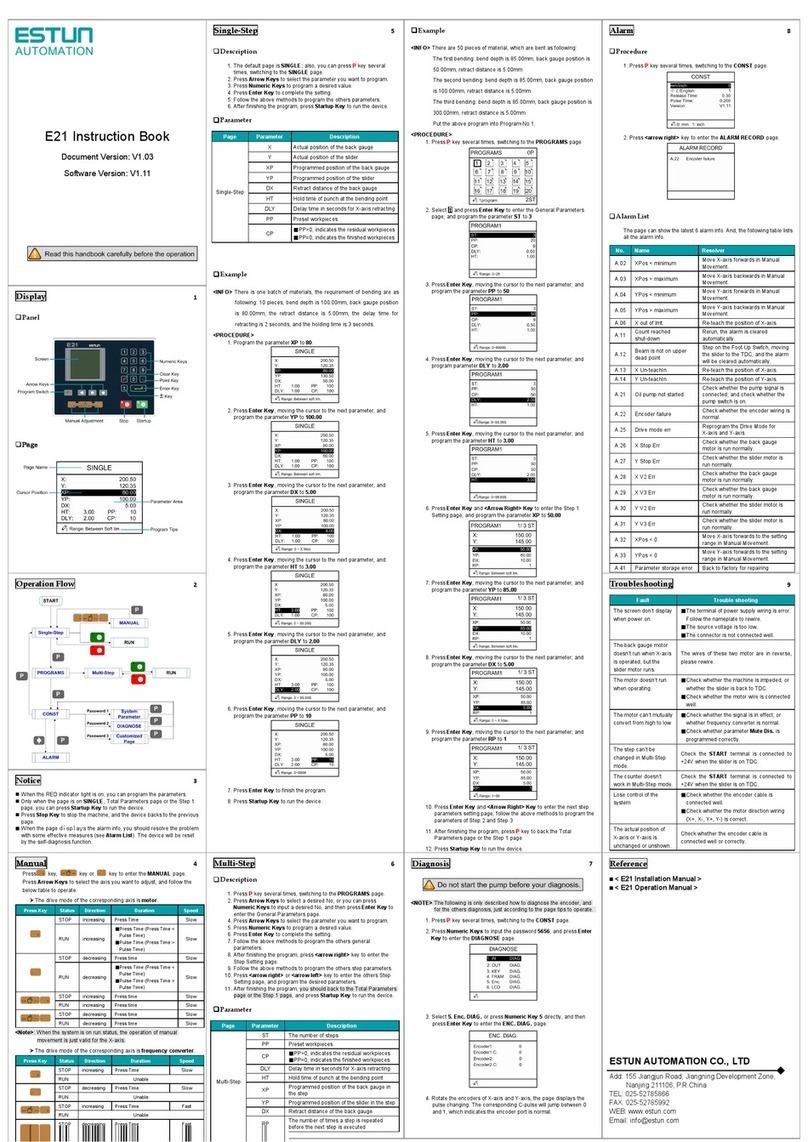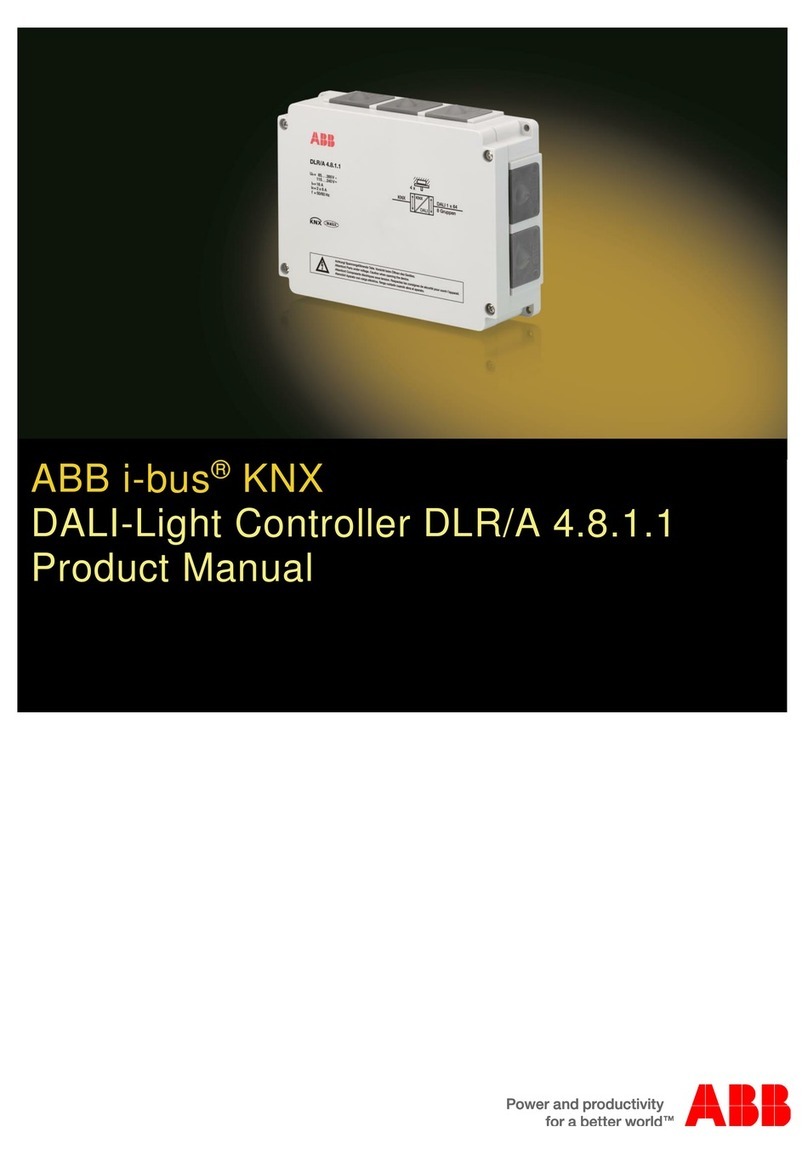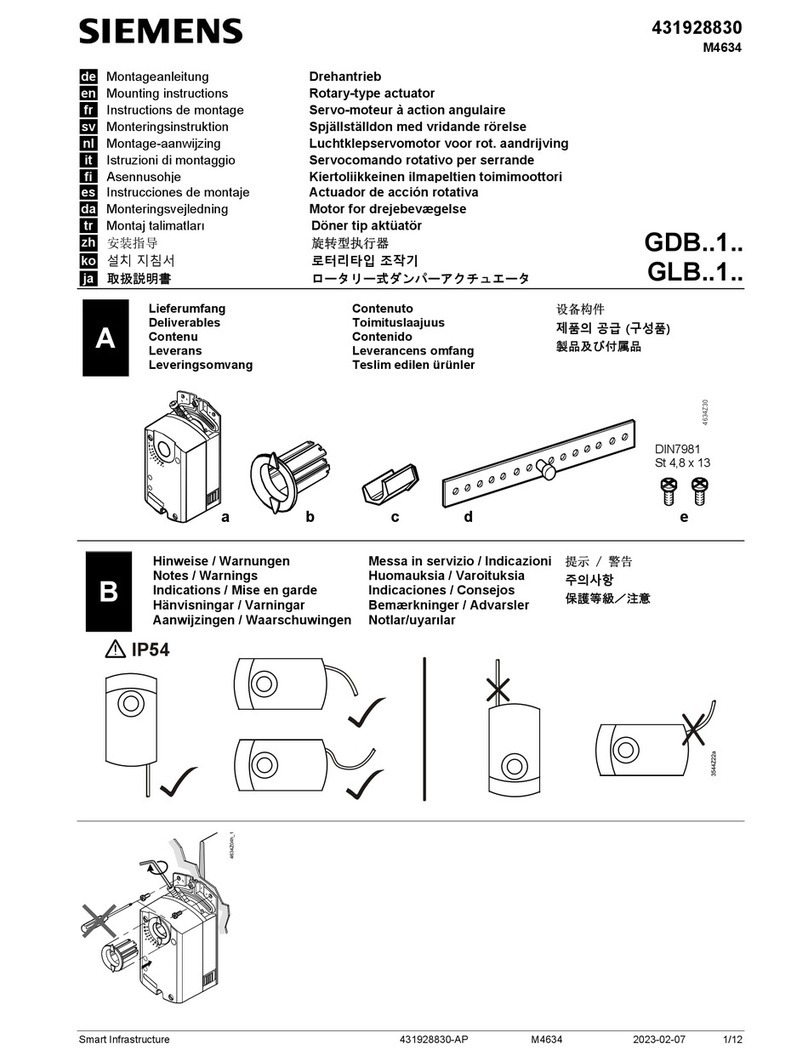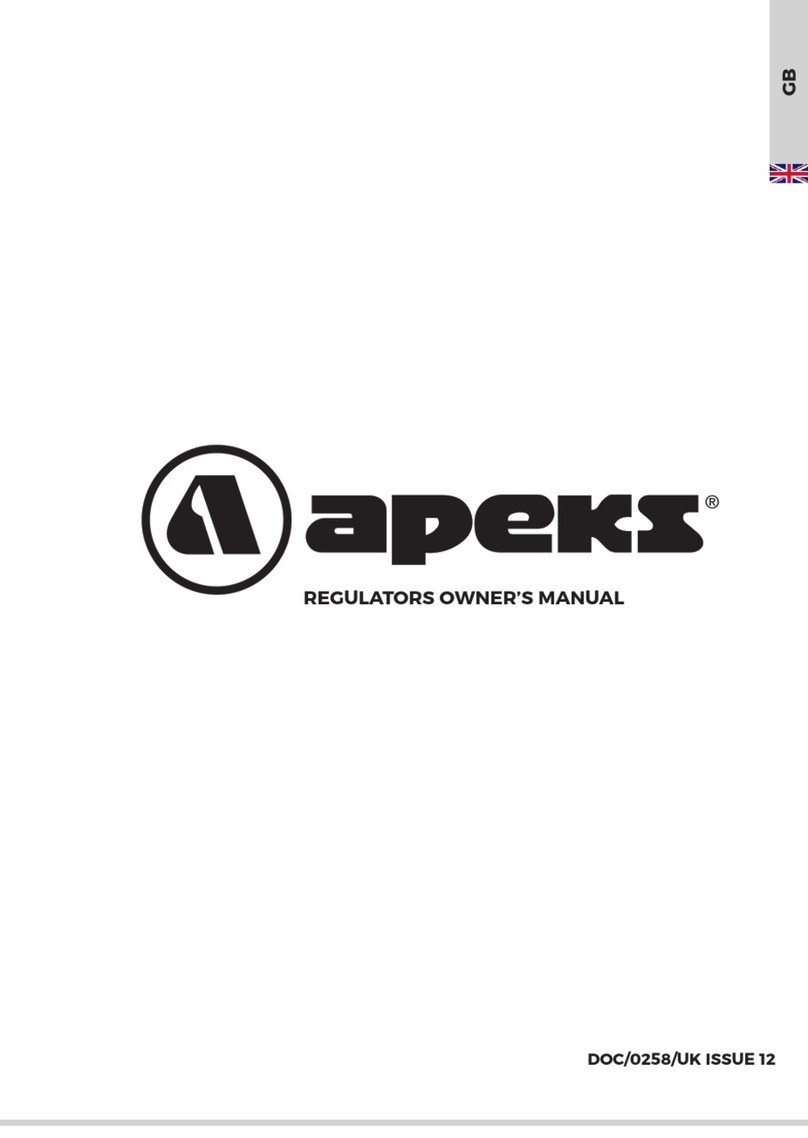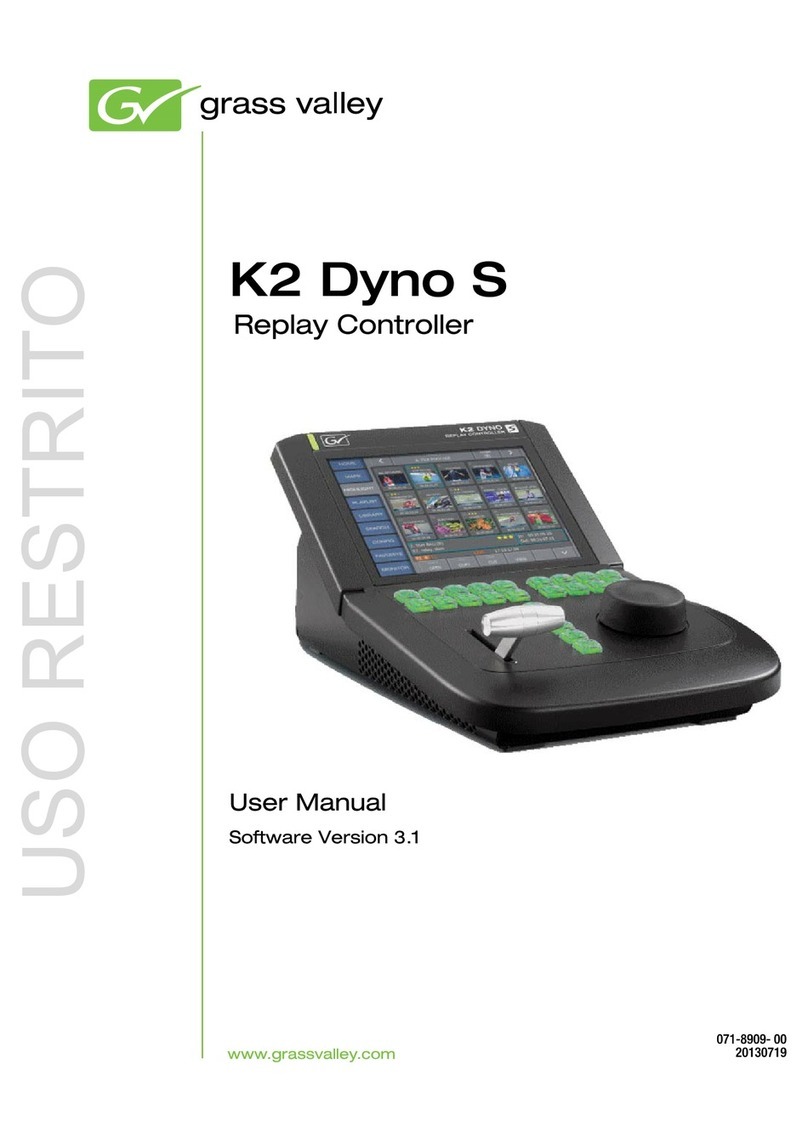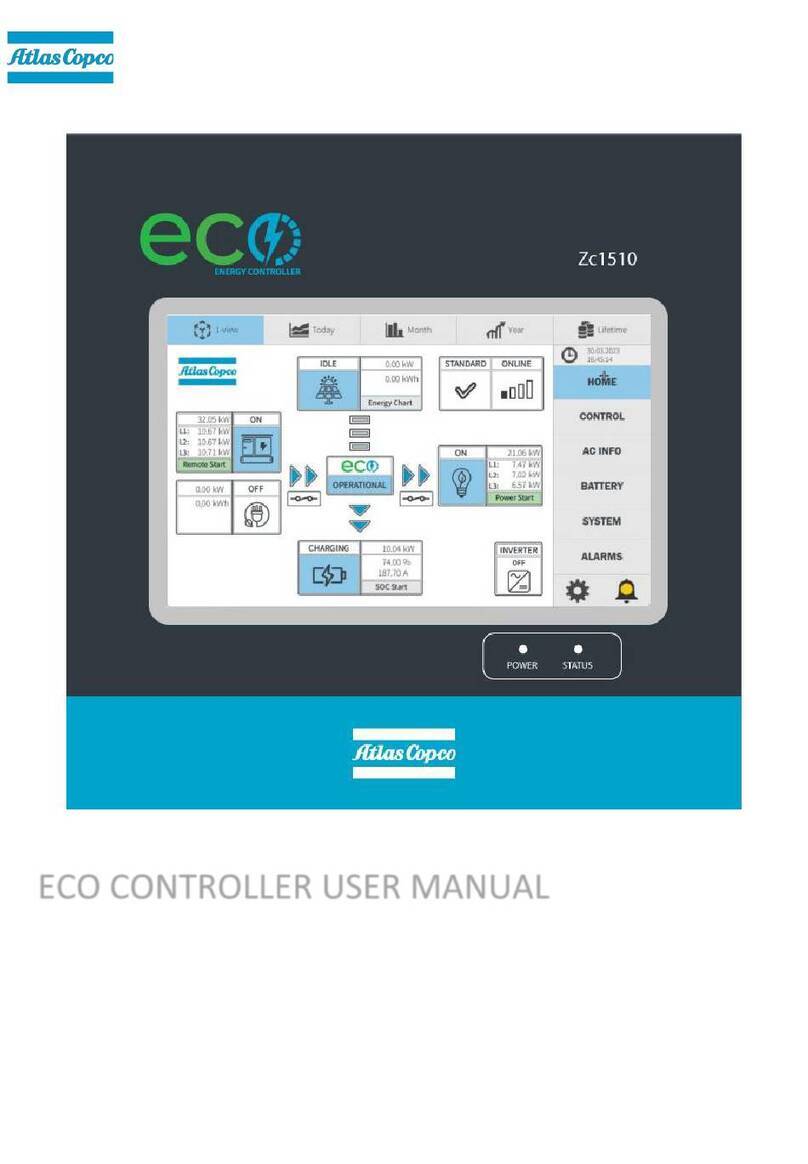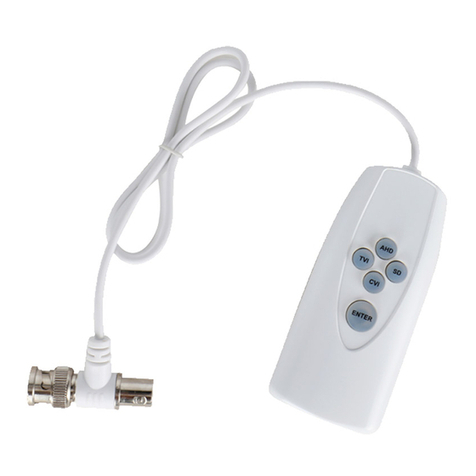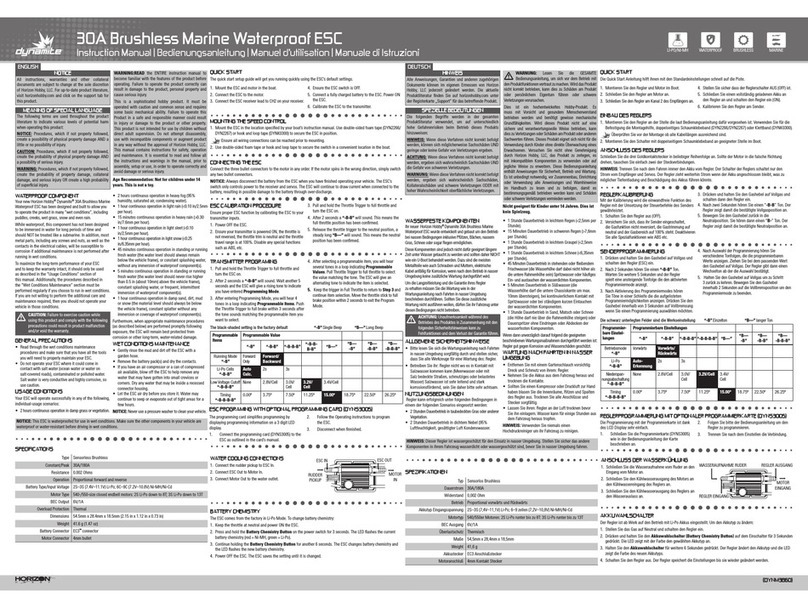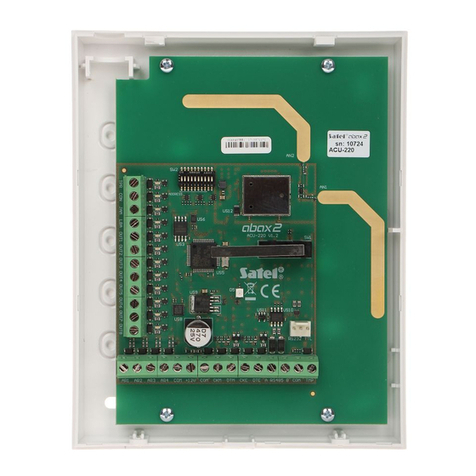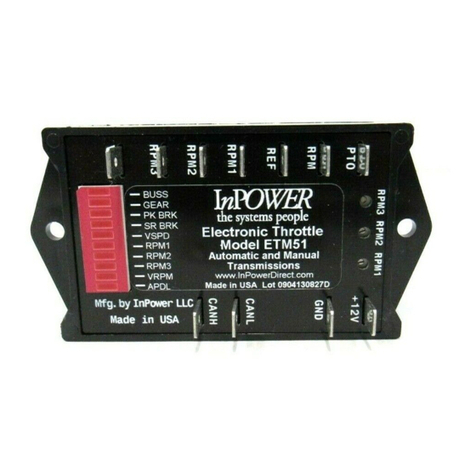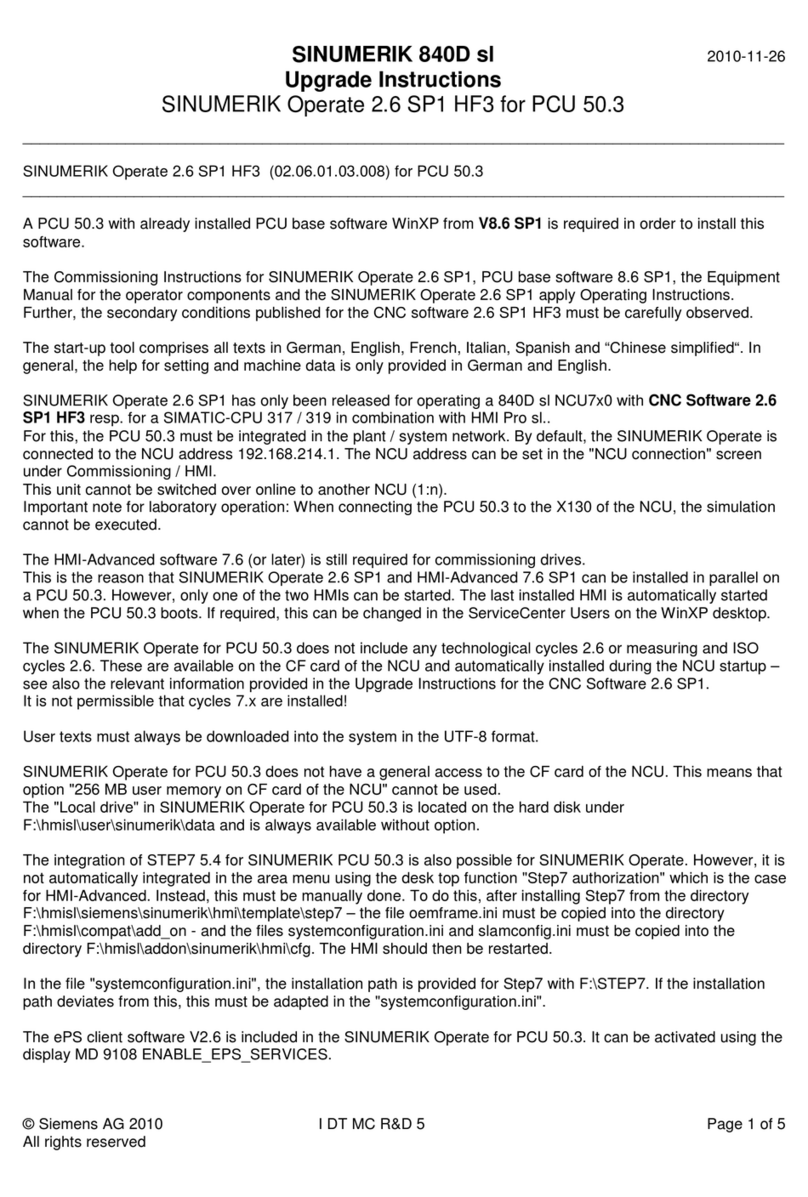Fire Pro FPC-5V2 User manual

FPC-1 | P a g e
Operation and User Manual
FPC-5V2
Panel Fire Protection Controller
Issue April 2019
Version 2

FPC-5V2 April 20191 | P a g e
INDEX
1. Overview.....................................................................................................................2
2. Summary of Technical Characteristics...................................................................2
3. Technical Features...................................................................................................2
4. Assembly of unit........................................................................................................4
5. Installation guidelines ..............................................................................................6
6. Specifications............................................................................................................7
7. Testing and Commissioning....................................................................................7
8. FPC5-V2 Module Assembly ....................................................................................9
9. Adaptor plate/junction box coupling required......................................................9
10. FPC5-V2 Module Connection to Condensed Aerosol Generators ................10
11. Kiwa Declarations...................................................................................................11

FPC-5V2 April 20192 | P a g e
This Operation & User Manual provides information on the FPC-5V2 fire protection module
and how it is connected to the various FirePro Condensed Aerosol Generators.
Autonomous fire suppression unit
Primary power source: 3Vdc battery.
Battery monitoring feature with LED - indication.
Manual or Automatic battery status indication.
Single input detection loop.
Linear heat detector cable or a bimetallic sensor
connections
Figure 1: FPC-5V2 module.
The FirePro fire protection module detects fire by using either a linear heat detector
cable or a bimetallic sensor and activates the condensed aerosol fire suppression
generators automatically in electrical cabinets and similar enclosures.
Figure 2: Fire detection devices.
Input detection terminal (J7 on the PCB) is available for connecting the linear heat
detector cable or a bimetallic sensor. Output terminal (J6 on the PCB) can be used to
connect the condensed aerosol fire suppression generator. Both J7 & J6 terminals
are not electrically polarized.
+
-
Figure 3: Interconnecting the fire detection devices.

FPC-5V2 April 20193 | P a g e
The fire protection module FPC-5V2 is powered by an internal 3V battery capable of
providing the necessary amperage to activate a condensed aerosol fire suppression
generator.
The FPC-5V2 module is equipped with a battery monitoring feature. The battery status
is indicated by the three LEDs located on the front of the unit.
oThe green LED flashes every four seconds, indicating that the battery is in
good operating condition and is able to activate the aerosol generator when
required.
oThe yellow LED is illuminated when the battery voltage level has dropped but
is still able to activate the aerosol generator when required.
oThe red LED is illuminated when the battery is unable to activate the aerosol
generator and it is necessary to replace the battery immediately.
oWhen no LED is illuminated, either the battery is installed in reverse polarity or
it is fully discharged, or the unit is set in manual mode.
Press Switch
LED’s Status
Press Switch
+
-
Figure 4: Battery status indicator.
The fire protection module FPC-5V2 can monitor the battery in both automatic
and manual mode. Automatic mode means that the battery monitor function of
the unit is operating continuously. Manual mode means that the battery
monitor function of the unit does not operate continuously but only operates by
pressing and holding the press switch located on the front of the unit above
the LED. Automatic mode and Manual mode operation can be adjusted by
changing the position of the "SW2" switch on the electronic PCB. When the
switch is in the ON - position the unit is in Automatic mode. When the switch is
in the OFF - position the unit is in Manual mode.

FPC-5V2 April 20194 | P a g e
Step 1: Remove the top safety
the electronic PCB.
Knob “A”
Knob “B”
FPC-5V2
Front Section FPC-5V2
Main Body
Figure 5
Step 2: Pass the Condensed Aerosol Generator wires through the FPC-5V2 main body.
It is important to pass the Condensed Aerosol Generator wires from the same opening
of the adaptor plate/junction box coupling.
Figure 6
Step 3: Install the FPC-5V2 main body to the Condensed Aerosol Generator by turning
Figure 7
Step 4:
the electronic PCB.
Bimetallic
Sensor
Linear Heat
Detector Cable
+
-
Figure 8

FPC-5V2 April 20195 | P a g e
Step 5: Install the CR2 battery on the battery holder "J4".
Figure 9
Step 6: Use a multimeter to make sure that there is no voltage at terminal "J6" on the
electronic PCB. If there is a voltage reading, this means that the fire detection part of the
unit has been activated, which will trigger the activation of the condensed aerosol
generator when connected. Address this issue first and then proceed to the next step.
Figure 10
Step 7: Connect the Condensed Aerosol Generator wires
electronic PCB.
Figure 11
Step 8: To adjust the position of the "SW2" switch for Automatic or Manual monitoring
mode operation, unscrew the electronic PCB from the front section of the FPC-5V2
module.
Press Switch
Figure 12
Step 9: Place the front section of the FPC-5V2 module into the main body of the FPC-
5V2. Insert and tighten safety Knob "A" to assemble the unit.

FPC-5V2 April 20196 | P a g e
Figure 13
The Linear Heat Detector cable that is connected to the FPC-5V2 module must be installed
inside and on the ceiling of the electrical panel enclosure .
Figure 14 Typical installation
The FPC-5V2 module equipped with a bimetallic sensor must be installed in such a way so
that the bimetallic sensor is as close to the ceiling inside the electrical panel enclosure.
Figure 15 Typical installation

FPC-5V2 April 20197 | P a g e
FPC-5V2
Terminals
Description
I/P terminal
J7
Linear Heat Detector cable max 10m length
I/P terminal
J7
Linear Heat Detector cable max 10m length
O/P terminal
J6
Condensed Aerosol Generator 1
O/P terminal
J6
Condensed Aerosol Generator 1
Battery
3Vdc Lithium battery (CR2 (3V))
I/P Rating
IP30
Enclosure Heat
Resistance
Withstands for a short period heat of up to 180oC
degrees
Table1: Specifications
For Testing, Commissioning and Simulation purposes, the Condensed Aerosol Generator is
disconnected from the fire protection module FPC-5V2 and replaced by an indication circuit
as per below diagram. The indication circuit includes a resistor and an LED (the indication
circuit must be installed as illustrated below since the LEDs feature polarity).
LED 1
165Ω to 180Ω
3.3Vdc
LED
165Ω to 180Ω
18 ma
0Vdc
Bimetallic
Sensor
Linear Heat
Detector Cable
+
-
+
-
LED 1
165Ω to 180Ω
+
-
+
-
Figure 16: Typical connection of the simulation LED

FPC-5V2 April 20198 | P a g e
Step 1: Remove any power source connected to the system (CR2 Battery).
Step 2: Connect the simulation LED circuit as described in figure 16.
Step 3: Apply the power source to the system (CR2 Battery).
Step 4: Create a short-circuit by using the two end-wires of the LHD cable (Linear Heat
Detector cable) or apply heat to the bimetallic sensor.
Step 5: Once the detection line is activated observe whether the LED illuminates.
Step 6: Cancel the short-circuit on the detection line (LHD cable) or wait for the bimetallic
sensor to cool down.
Step 7: Observe whether the LED is off.
Step 8: If no problem has been observed, remove the power source connected to the
system (CR2 Battery).
Step 9: By using an ohm-meter ensure that the ohmic resistance of the condensed aerosol
generators is b
Step 10: Replace the simulation LED circuit with the condensed aerosol generators.
Figure 17: Measuring the Condensed Aerosol Generator resistance

FPC-5V2 April 20199 | P a g e
-
Electrical
Gland for
LHD cable Knob “A”
Knob “B”
or Bimetallic
Sensor
Front Section
Main Body
Electronic
PCB CR2 Battery
Figure 18:
Adaptor plate applicable to Condensed
Aerosol Generator series: FP-20
Adaptor plate applicable to Condensed
Aerosol Generator series: FP-40, FP-80
Junction box coupling applicable to
Condensed Aerosol Generator series: FP-
100, FP-200, FP-500, FP-1200, FP-2000,
FP-3000, FP-4200, FP-5700,
Table 1:

FPC-5V2 April 201910 | P a g e
-
Figure 19: For Box type Condensed Aerosol Generators FP-1200, 2000, 3000, 4200, 5700
FP-20 FP-40,80 FP-100,200,500
Figure 19: For Cylindrical type Condensed Aerosol Generators FP-20,40, 80, 100, 200, 500

FPC-5V2 April 201911 | P a g e
Declarations

Number
K94463/05
Replaces
K94463/04
Issued
January 16th, 2017 first issue
Valid until
December 4th, 2019
Declaration of Conformity,
based on the requirements § 4.4.2, § 4.4.3 and § 7.15 of
CEN/TR 15276-1, regarding
FirePro
Ignition device for Non-Pressurized Condensed Aerosol Generators
•BTA ignition device (Bulb Thermal Activator)
•FPC-5 ignition device in conjunction with
oBi-metal switch
oHeat cable
oExtension cable for bi-metal switch and heat cable
Kiwa Nederland B.V.
Sir Winston Churchilllaan 273
Postbus 70
2288 AB Rijswijk
Tel. +31 88 998 44 00
www.kiwa.nl
Executed by:
Kiwa NCP
www.kiwafss.nl
Company
FirePro Systems Ltd
8 Faleas Street
Agios Athanasios Industrial
Area
Cy-4041 Limassol - Cyprus
Telephone +357 25379999
Email [email protected]m
Internet www.firepro.com
This declaration consists of 6 pages.
Publication of this declaration is allowed.
Note:
Publication of only this front page or parts of the declaration is considered as “not valid”.
STATEMENT BY KIWA
With this declaration, Kiwa declares that legitimate confidence exists that
the products supplied by
FirePro Systems Ltd.
comply with the technical specifications as laid down in this product
declaration.
Ronald Karel
Kiwa

Kiwa®declaration K94463/05
Page 2 of 6
FirePro Ignition device for Non-Pressurized Condensed Aerosol
Generators
Declaration
This product declaration is based on the functional requirement § 4.4.2, § 4.4.3 and test requirements § 7.15 of CEN/TR 15276-1.
Ignition device(s) other than the standard electrical ignition device have not been tested as a part of the Non-Pressurized Condensed
Aerosol Generators or separate component according § 7.
Generator specifications
The products mentioned below belong to this product declaration.
Type
Housing
Stainless steel
Activation Type
Number of outlets
Thermal
Electrical
FP20 SE
Cylinder
No
Yes
2
FP20 T
Cylinder
No
Yes
1
FP20 TH
Cylinder
Yes
No
1
FP40 S
Cylinder
No
Yes
2
FP40 T
Cylinder
Yes
Yes
1
FP80 S
Cylinder
No
Yes
2
FP80 T
Cylinder
Yes
Yes
1
FP100 S
Cylinder
Yes
Yes
1
FP200 S
Cylinder
Yes
Yes
1
FP500 S
Cylinder
Yes
Yes
1
Type
Housing
Red Coated Steel
Activation Type
Number of outlets
Thermal
Electrical
FP1200
Box
No
Yes
1
FP1200 T
Box
Yes
Yes
1
FP2000
Box
No
Yes
1
FP2000 T
Box
Yes
Yes
1
FP3000
Box
No
Yes
1
FP3000 T
Box
Yes
Yes
1
FP4200 T
Box
Yes
Yes
1
FP5700
Box
No
Yes
1
FP5700 T
Box
Yes
Yes
1
Type
Housing
Stainless Steel
Activation Type
Number of outlets
Thermal
Electrical
FP1200 S
Box
No
Yes
1
FP1200 TS
Box
Yes
Yes
1
FP2000 S
Box
No
Yes
1
FP2000 TS
Box
Yes
Yes
1
FP3000 S
Box
No
Yes
1
FP3000 TS
Box
Yes
Yes
1
FP4200 TS
Box
Yes
Yes
1
FP5700 S
Box
No
Yes
1
FP5700 TS
Box
Yes
Yes
1
Non-pressurized generator.

Kiwa®declaration K94463/05
Page 3 of 6
FirePro Ignition device for Non-Pressurized Condensed Aerosol
Generators
Application and use
Total flooding fire-extinguishing systems are used primarily for protection against hazards that are in enclosures or equipment that, in
itself, includes an enclosure to contain the extinguishant. Condensed aerosol generators can be used as a part of fire fighting systems in
buildings, plants or other structures. It covers total flooding systems primarily related to buildings, plant and other specific applications,
utilizing electrically non-conducting condensed aerosol fire extinguishants.
The following are typical of such hazards, but the list is not exhaustive:
a) Electrical and electronic hazards;
b) Telecommunications facilities;
c) Flammable and combustible liquids and gases;
Where aerosol generators are used in a potentially explosive application, the suitability of the generator to the atmosphere for the
determined life shall be assessed.
The fire extinguishing components shall be suitable for extinguishing fires of the following classes:
•Class A according EN2
•Class B according EN2
Conditions for application
•The numbers and types of the extinguishing components have to be determined in conformity with the guidelines and calculation
methods of the supplier.
•Distribution is to be done by supplier or companies authorised by the supplier.
•Before usage an instruction is to be given by a trainer or instructor for this product authorized by the supplier.
•The installation and maintenance of the fire extinguishing components have to take place according to the specifications of the
supplier/manufacturer, CEN/TR 15276-2 and/or evaluation guideline BRL-K23003.
Point of interest during use or limitation of use
The condensed aerosol extinguishing components should not be used on fires involving the following unless relevant testing by
accredited testing laboratories has been carried out to the satisfaction of the Authority:
•Temperatures for use of aerosol extinguishing agents shall be within the supplier’s listed limits.
•Local applications 1) of condensed aerosol extinguishing systems are not covered by this product declaration.
oLocal applications require a pre-engineered and pre-designed system which has been tested and approved for a specific
application by an authority such as Kiwa or by an accredited testing laboratory.
1) a local application is used for the extinguishment of surface fires in flammable liquids, gasses, and shallow solids, where the enclosure does not conform to the requirements for total flooding.
The above list may not be exhaustive.
Manual
At delivery the product should be accompanied by an operation manual in the English language, known and authorized by Kiwa.
Following minimum items shall be described:
•Type of aerosol generators;
•Design application density;
•Description of occupancies and hazards to be protected against;
•Specification of aerosol generators;
•Equipment schedule or list of materials for each piece of equipment or device, showing device name; supplier, model or part number
and description;
•System calculation;
•Enclosure pressurization and venting calculations;
•Description of fire detection, actuation and control systems.
•Requirements for inspection, maintenance and testing of an aerosol fire-extinguishing system and for the training of inspection and
maintenance personnel.
For specific details regarding the owner’s manual, see CEN/TR 15276-1.

Kiwa®declaration K94463/05
Page 4 of 6
FirePro Ignition device for Non-Pressurized Condensed Aerosol
Generators
Marking
The products should be marked with the Kiwa®-mark.
Place of the mark
Required specifications
Method of marking
•On the generator
•Name of the product and supplier
•Supplier’s type designation
•Production date and serial number
•Mass of aerosol-forming compound
•Temperature range
•Storage humidity range
•Service life
•Distances as specified in table 5
•Reference to the application
instructions
•Certification mark
•Fire Class A according EN2
•Fire Class B according EN2
•Non-erasable and non-detachable;
•Non-flammable;
•Permanent an legible
Recommendations for Customers
Check at the time of delivery whether:
•The supplier has delivered in accordance with the agreement;
•The mark and the marking method are correct;
•The products show no visible defects as a result of transport etc.
If you should reject a product on the basis of the above, please contact:
•FirePro Systems Ltd
and, if necessary,
•Kiwa Nederland B.V.
Consult the suppliers processing guidelines for the proper storage and transport methods.

Kiwa®declaration K94463/05
Page 5 of 6
FirePro Ignition device for Non-Pressurized Condensed Aerosol
Generators
Cross reference CEN/TR 15276-1, Fixed fire fighting systems - Condensed aerosol extinguishing systems -
Part 1: Requirements and test methods for components, February 2009
Chapter
Description
Demand 1)
Result
Remarks
4
Component requirements
4.4
Ignition device
4.4.2
Electrical ignition device
A
Pass
Standard electrical activator in
conjunction with thermal ignition
device, see 4.4.3
4.4.3
Thermal ignition device
A
Pass
Bi-metal switch, heat cable and
BTA ignition device (Bulb Thermal
Activator)
See 5.12.2, 5.12.3 and 7.15
See Kiwa declaration K90415 and
K97969
4.4.4
Other methods of ignition device
N/A
5.
Condensed aerosol generator requirements
5.12
Ignition device
5.12.2
Electrical ignition device
Standard electrical activator only
tested for function in conjunction
with the following ignition devices:
Bi-metal:
•60 ºC
Heat cable:
•68 ºC
See 5.12.3 and 7.15
The bi-metal switch and heat cable
are mandatory equipped with the
FPC-5 ignition device.
5.12.3
Thermal ignition device
A
Pass
Bi-metal switch:
•60 ºC
Heat cable:
•68 ºC
BTA ignition device (Bulb Thermal
Activator):
•57 ºC (glass bulb)
Other bulb temperatures are
available.
See information, instruction
& user manual § 9.
The bi-metal switch and heat cable
are mandatory equipped with the
FPC-5 ignition device.
See 7.15

Kiwa®declaration K94463/05
Page 6 of 6
FirePro Ignition device for Non-Pressurized Condensed Aerosol
Generators
Chapter
Description
Demand 1)
Result
Remarks
7.
Test methods
7.15
Ignition performance test
A
Pass
25 samples of the complete
ignition devices:
•Bi-metal switch,
•Heat cable and
•BTA ignition device (Bulb
Thermal Activator)
The bi-metal switch and heat cable
are mandatory equipped with the
FPC-5 ignition device.
Bi-metal switch is tested including
an extension cable for bi-metal
element with a maximum length of
10 meters and up to 3 bi-metal
switch elements in multiple
(parallel) configuration.
Heat cable is tested with a
maximum length of 10 meters
including the length of the
extension cable. Variations are
allowed.
All operate as intended.
1) A = Applicable N/A = Not Applicable Not tested

DISCLAIMER
FirePro Systems makes no representations or warranties of any kind, either express or implied,
statutory or otherwise, including but not limited to warranties of merchantability, fitness for a
particular purpose, of title, or of non-infringement of third party rights, including the intellectual
property rights of others.
Any information provided by FirePro Systems, relevant to the system engineering of the project is
indicative and for guidance purposes only.
ompatible with the
equipment used in the system. Furthermore, the responsibility for the preparation and/ or approval
of a project, subject to its specifications/ technical features and its related documentation, designs
or drawings adherence (e.g. design documentation, construction, as-built drawings, circuit
diagram, cable lengths and voltage drop calculations, etc.) to local, national and international laws
and regulations, falls entirely within the scope of the contractor/ consultant assigned for the
installation and commissioning.
LIMITATION OF LIABILITY
In no event, regardless of cause, shall FirePro Systems be liable for any indirect, special,
incidental, punitive or consequential damages of any kind, whether arising under breach of
contract, tort (including negligence), strict liability or otherwise, even ifadvised of the possibility of
such damages.
NOTE
FirePro is constantly updating its products and systems to the state of the art and therefore
reserves the right to make changes in design, equipment and technology. You cannot
therefore base any claims on the data, illustrations or descriptions contained in thisliterature.
Table of contents
Other Fire Pro Controllers manuals

